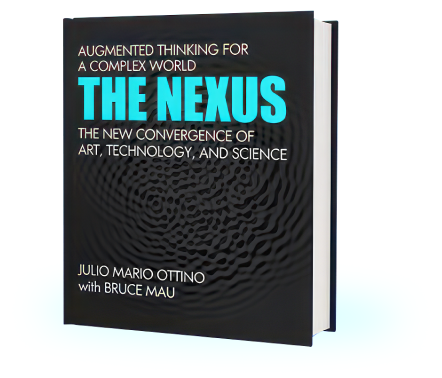Julio M. Ottino, dean of the McCormick School of Engineering at Northwestern University, speaks to the Northwestern University Women’s Board.
Abstract:
There was a time before science and technology were known by those names. Art, technology, and science formed a continuum, and the modes of thinking enriched each other. The 16th century has many examples of cooperative enterprises between scientists and artists; Galileo Galilei may be clearest case of Italian Renaissance art affecting the course of science. Galileo is also associated with birth of the scientific method, and the scientific method changed everything: science broke company with art, and mixing imagery with analytical thinking became suspect (at least by some). This view is far too narrow — visual imagination is a central element of scientific imagination. This talk will cover the links between art, technology, and science through time, starting when people had a foot in two camps and when new technologies appeared and the scientific basics of those technologies were still evolving, until reaching examples of the present time. It closes with lessons that can be transferred across domains.
